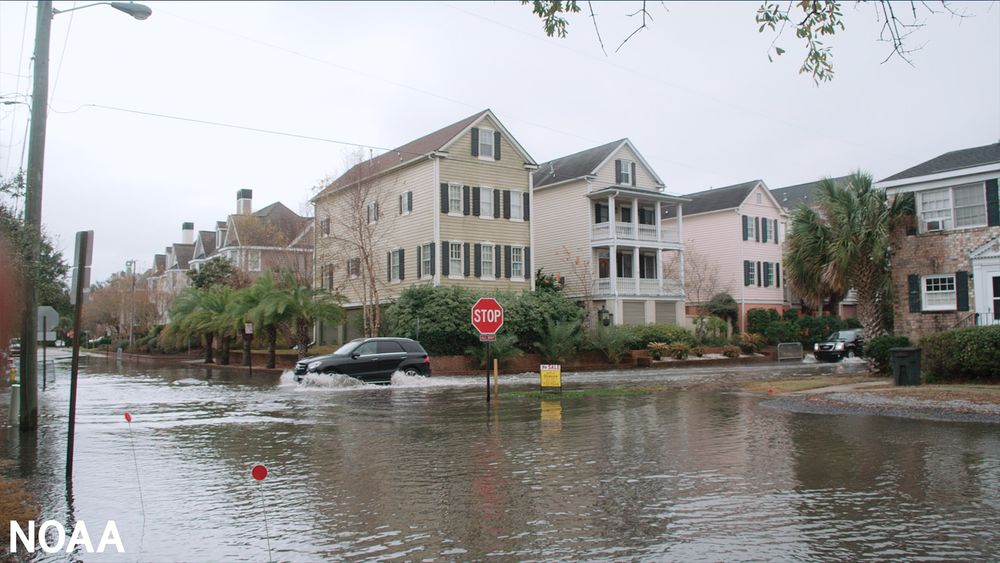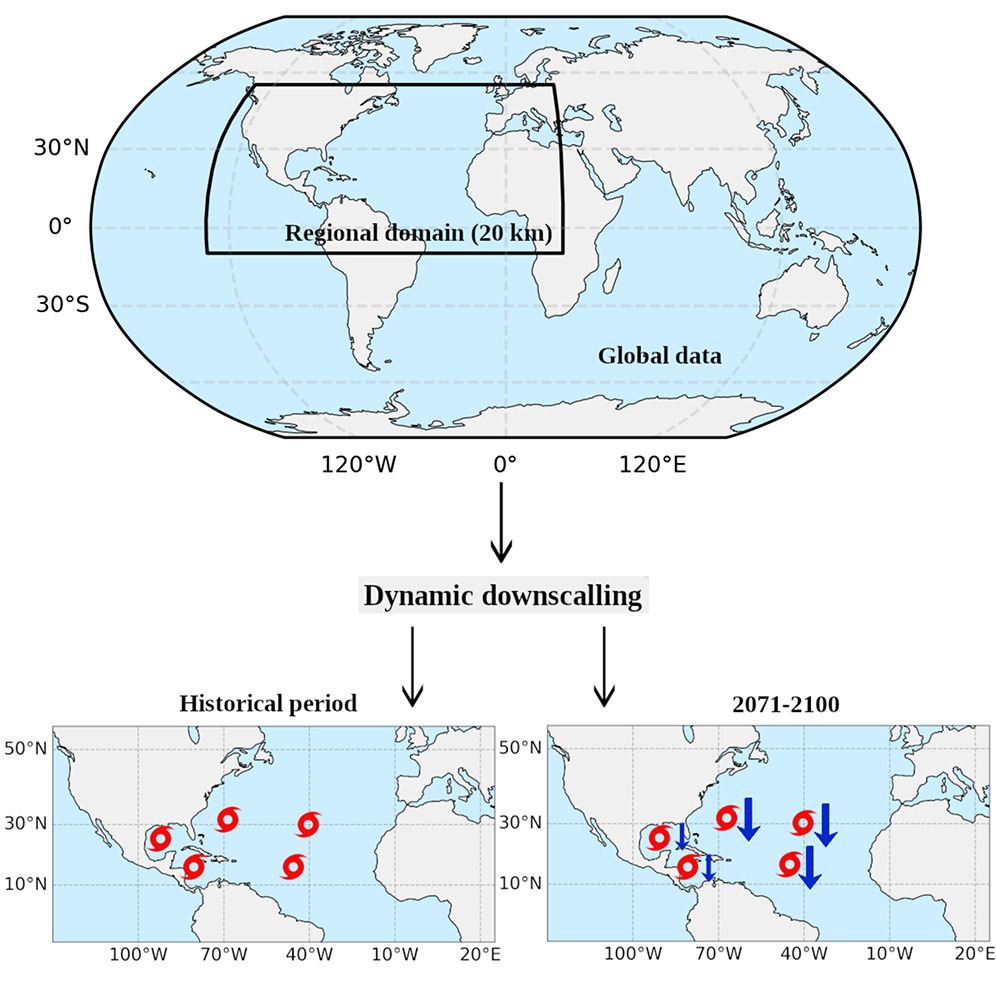Sang-Ki Lee
@sklee621.bsky.social
810 followers
450 following
320 posts
Physical oceanographer at NOAA's Atlantic Oceanographic and Meteorological Laboratory, Miami FL. The contents of my posts are mine personally.
Posts
Media
Videos
Starter Packs
Sang-Ki Lee
@sklee621.bsky.social
· Aug 25
Sang-Ki Lee
@sklee621.bsky.social
· Aug 20
Femke de Jong
@fmkdejong.bsky.social
· Aug 20

NIOZ - PhD-position "Overturning the ocean''
The department of Ocean Systems (OCS) at the Royal Netherlands Institute of Sea Research (NIOZ) is looking for an enthusiastic and motivated PhD candidate to work on the exchange of lighter and denser
workingat.nioz.nl
Sang-Ki Lee
@sklee621.bsky.social
· Aug 17

Synergy effect of warm Atlantic-Pacific on the longest-lasting 2023 western North American heat wave
The southwestern United States (US) and Northern Mexico experienced their longest stretch of record-breaking heat wave in the summer of 2023 from mid-June to early August, affecting over 100 millio…
ocean2climate.org
Sang-Ki Lee
@sklee621.bsky.social
· Aug 14

Atlantic Niño/Niña Modulates Typhoon Landfall Risk in East and Southeast Asia - NOAA/AOML
A new study shows that the impacts of Atlantic Niño/Niña on tropical cyclones in the western North Pacific basin through inter-basin teleconnections.
www.aoml.noaa.gov
Sang-Ki Lee
@sklee621.bsky.social
· Aug 10
Sang-Ki Lee
@sklee621.bsky.social
· Aug 10
Sang-Ki Lee
@sklee621.bsky.social
· Aug 9















